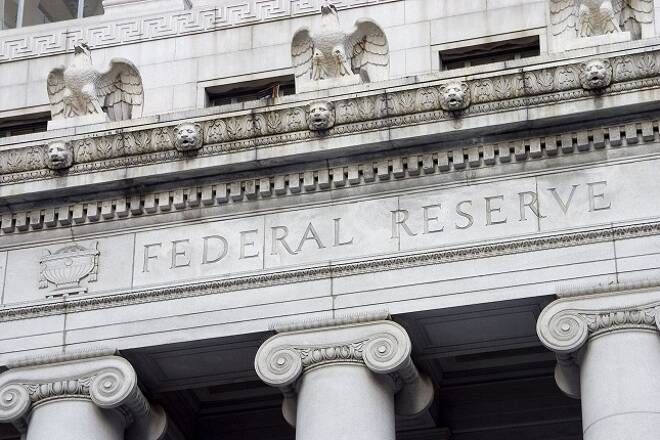Advertisement
Advertisement
US Dollar Traders Are Obsessed With The Fed
By:
Day after day, the financial headlines seem to be focused more on what and when, if and why the Feds will raise rates. The US dollar has been on a roller
Day after day, the financial headlines seem to be focused more on what and when, if and why the Feds will raise rates. The US dollar has been on a roller coaster ride on bets whether the Feds will increase rates in September or December or both or not at all. The fact of the matter is no one really knows not even the Feds. The decision is data driven and the Fed is looking at the same data day after day week after week as the rest of the world, but no one can predict what the next data report will say. Now let’s be realistic, the Fed doesn’t make a decision based on a single report or a single month. They are looking at quarterly results and longer term trends. But currency traders especially US dollar traders seem past the point of obsession.
The U.S. Dollar index is sitting around the middle of its 2016 range – about where it was a year ago and lower than in December. The Fed would prefer not to see the dollar surging as it moves rates higher, which could accelerate a dollar advance – in itself a sort of global financial tightening.
“But, hold on,” you might say. “Aren’t the markets in rally mode exactly because they don’t expect or want the Fed to do anything? Didn’t stocks rally on a slight shortfall in August job growth reported on Friday, meaning it made an imminent Fed rate boost less likely?
“In the near term, the dollar is expected to continue to be range-bound trading as the Fed remains the only major central bank that is leaning toward policy tightening while an imminent rate increase seems unlikely due to soft economic data in the U.S.
The Federal Reserve could possibly raise U.S. interest rates as soon as September, an influential Fed policymaker said on Tuesday in comments that boosted the dollar ahead of next week’s signature meeting of world central bankers.
New York Fed President William Dudley said that as the U.S. labor market tightens and as evidence builds of wage gains, “we’re edging closer towards the point in time where it will be appropriate I think to raise interest rates further.”
“It’s possible” to hike rates at the next scheduled policy meeting on Sept. 20-21, he said on the Fox Business Network. “We’ll have to see where the data falls.” The U.S. central bank also needs to watch “the broad supports for the economy” and how inflation plays out “in coming months,” he said.
In response, the dollar rose against peers and longer-dated Treasury yields slipped while stocks traded lower—signs that markets thought a rate hike could come sooner than expected.
Futures traders raised bets of a September hike to 18%, from 9% on Monday, with a 51% chance of a December move. A Reuters poll of economists last week also pointed to December—after the U.S. presidential election—as the most likely timing for a hike.
The central bank raised rates from near zero in December last year, its first tightening in nearly a decade, but it has since stood pat amid financial market volatility and stalled economic growth.
In a note published Wednesday, a team of currency and interest rate strategists at Bank of America Merrill Lynch said dollar bears might win out one last time in September as investors grapple with the outcomes of three events with the potential to upend global financial markets: Policy meetings at the Bank of Japan and Federal Reserve, and an unofficial gathering of the Organization of the Petroleum Exporting Countries. The strategists shifted their view after the dollar failed to rally in response to the August jobs report last week. The charts, they say, now suggest the U.S. currency has further to fall before the rebound begins.
About the Author
Barry Normanauthor
Latest news and analysis
Advertisement
